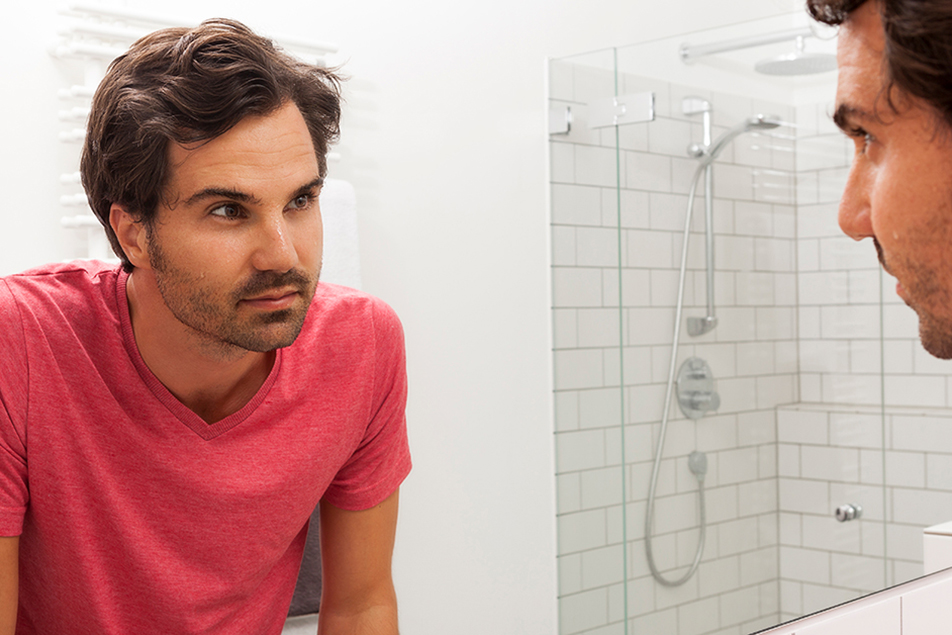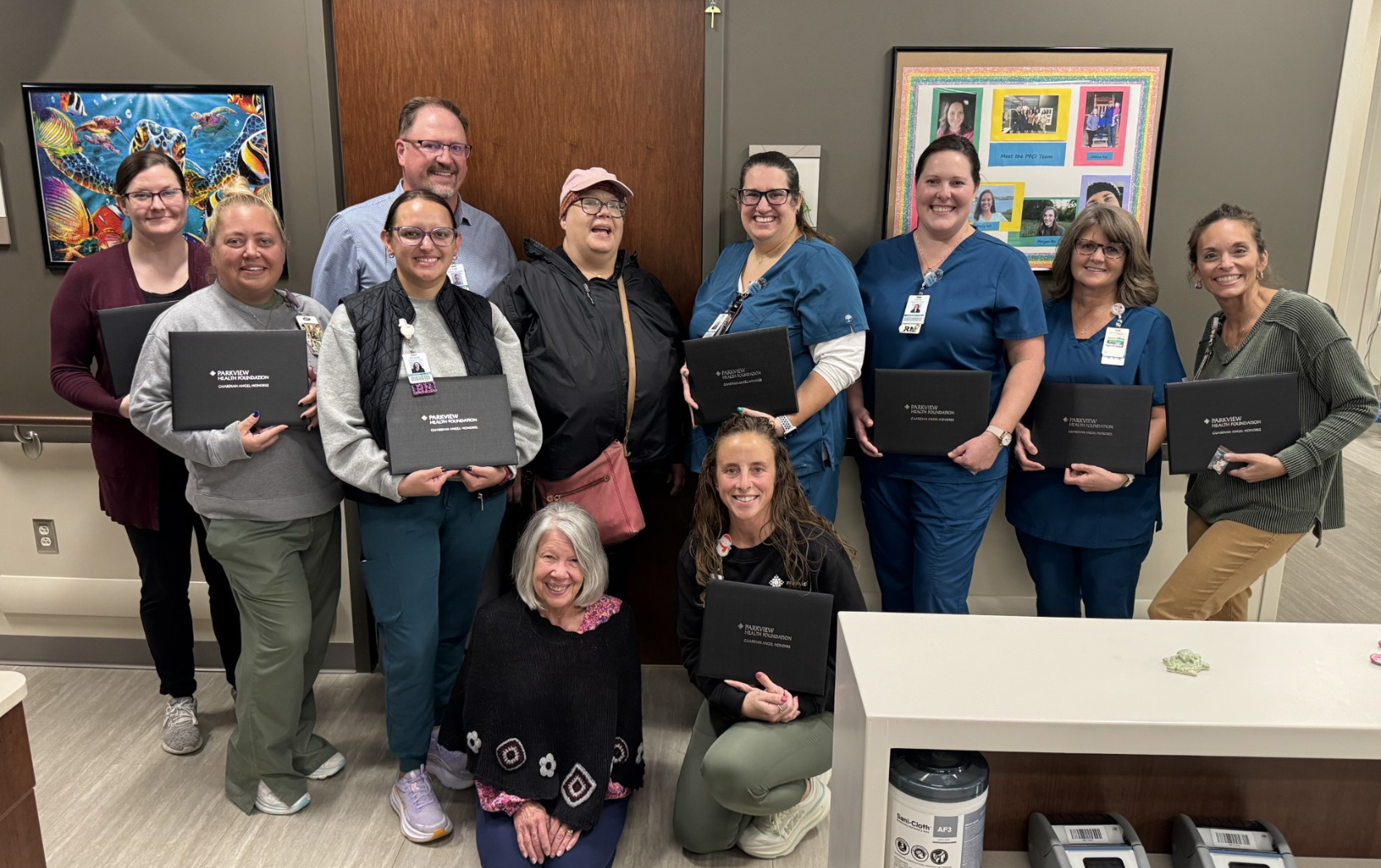How common is testicular cancer?
According to the National Cancer Institute, the number of new cases of testicular cancer is 5.7 per 100,000 men per year. By estimation, every year, approximately 9,300 men are diagnosed with testicular cancer in the United States. Testicular cancer accounts for only 1 percent of all cancers in men. It is the most common solid tumor affecting men between the ages of 15 and 35.
Who is at risk?
The known risk factors for testicular cancer include:
- Cryptorchidism (undescended testicle(s))
- Abnormal development of testicles
- Personal or family history
- White/Caucasian men
Only a few preventable, environmental factors are indicated to have mild association with testicular cancer risks, including:
- Dietary factors (cholesterol, saturated fat and dairy products)
- HIV infection
- Marijuana use
How treatable is testicular cancer?
Although, around 9,300 men are diagnosed with testicular cancer every year, only 400 died from it. More than 95 percent of those with testicular cancer will live more than 5 years after diagnosis. This means that testicular cancer is a highly treatable, even curable disease. The major treatment options include surgery (removal of affected testicle and/or cancer-containing tissue), chemotherapy and radiation.
What are the screening recommendations?
Interestingly enough, there are not very many of them. In fact, the United States Preventative Services Task Force gives testicular cancer screening a "D" rating, for "Do Not Recommend". Their concern is that screening for testicular cancer will create a lot of 0 positive findings (i.e. non-cancerous lumps in the scrotum) that will lead to testing and possibly procedures that the person might never have needed.
The American Cancer Society does not have a testicular cancer screening recommendation either. They don't go as far as to say not to do it, but they acknowledge that there is no data to support that screening for testicular cancer with regular exams has any effect on the rates of diagnosis or survival of testicular cancer.
The American Urological Association also has no guidelines for testicular cancer screening.

Should men perform testicular self-exams?
Most physicians recommend performing a self-exam because it’s easy to do and non-invasive. The American Cancer Society recommends performing a self-exam once a month.
What is the proper way to perform a self-exam?
There are many ways to do this, but the ultimate goal is to assess the shape and consistency of the testicle. When a mass is present, it is not always on the surface of the testicle (a hard lump), but within it. When this happens, sometimes all you can feel is a change in firmness of the testicle. This is why serial exams are important, because they highlight changes over time.
To perform a self-exam, wait until after a bath or a shower when the scrotum is warm and not retracting. Examine each testicle individually. Grasp the testicle toward the top with a thumb and forefinger to immobilize it, and then roll it gently between your fingers, paying close attention to the texture of the testicle.
What are observations that should cause concern?
Anything that has changed since the last exam is something to note and bring to the attention of your doctor. Hard or painful masses, enlarging scrotum or redness of the scrotal skin, are all things to mention.
Be aware that there is an organ on the back of the testicle called the "Epididymis.” It is essentially a collecting system for sperm that are made by the testicle. It feels like a soft rope that is running vertically on the back side of the testicle. It can sometimes have cysts within it that can be felt as mobile and squishy round objects.
If you notice anything that has changed from the previous exam, let your doctor know and they can perform an exam and confirm your findings.
To schedule an appointment with your primary physician, please call Parkview Physicians Group at 1-877-774-8632 or schedule your appointment through MyChart.




